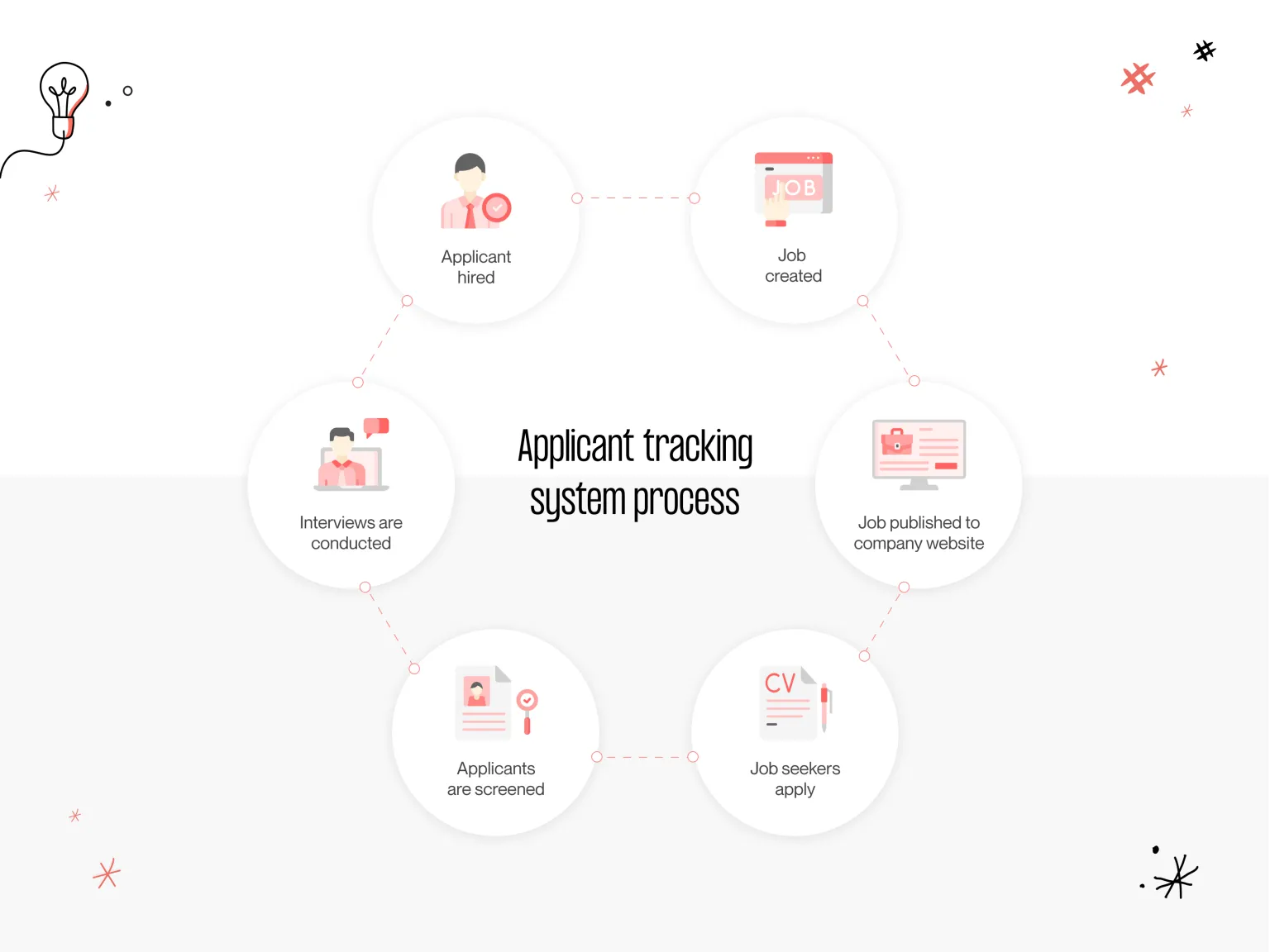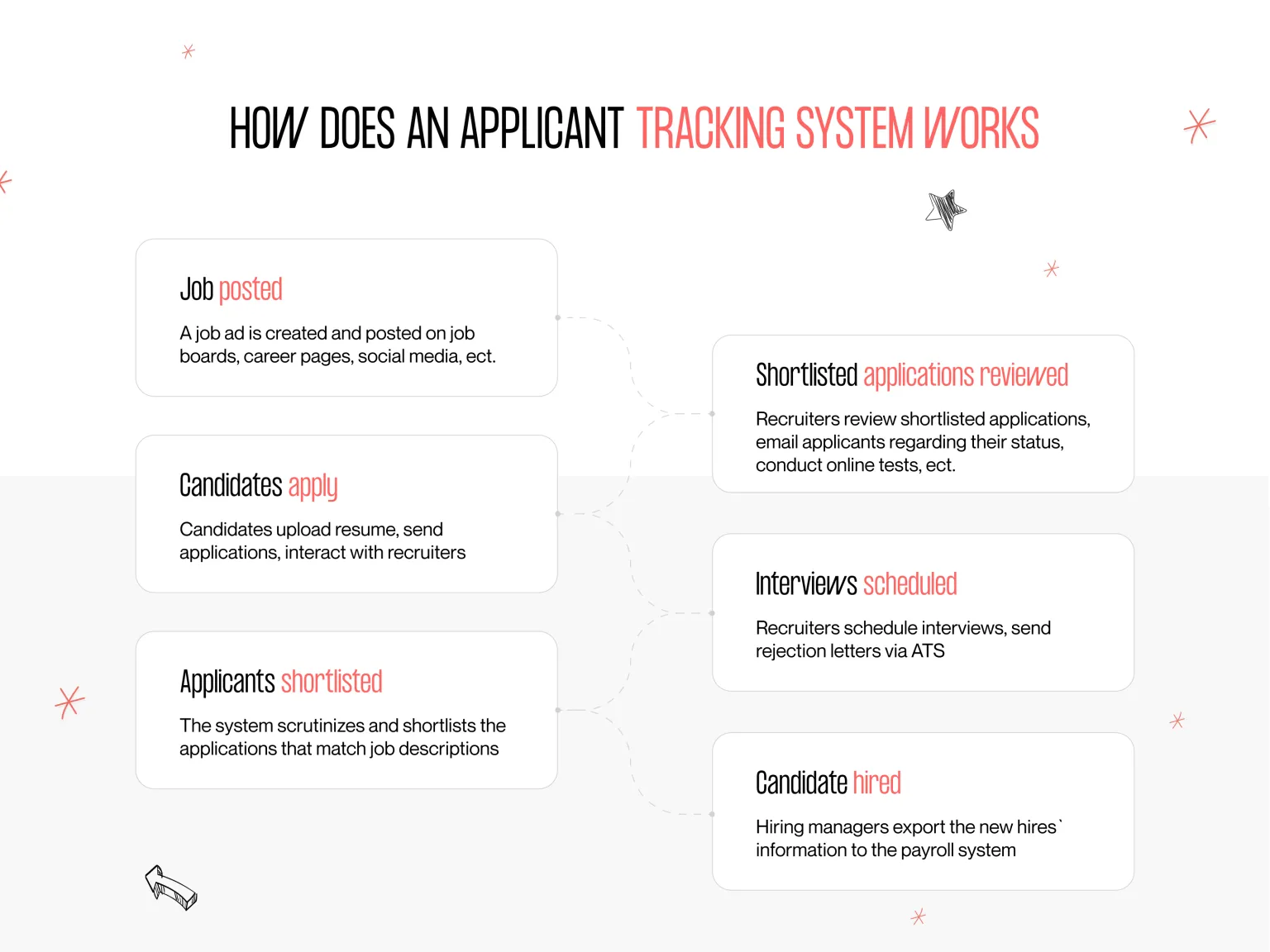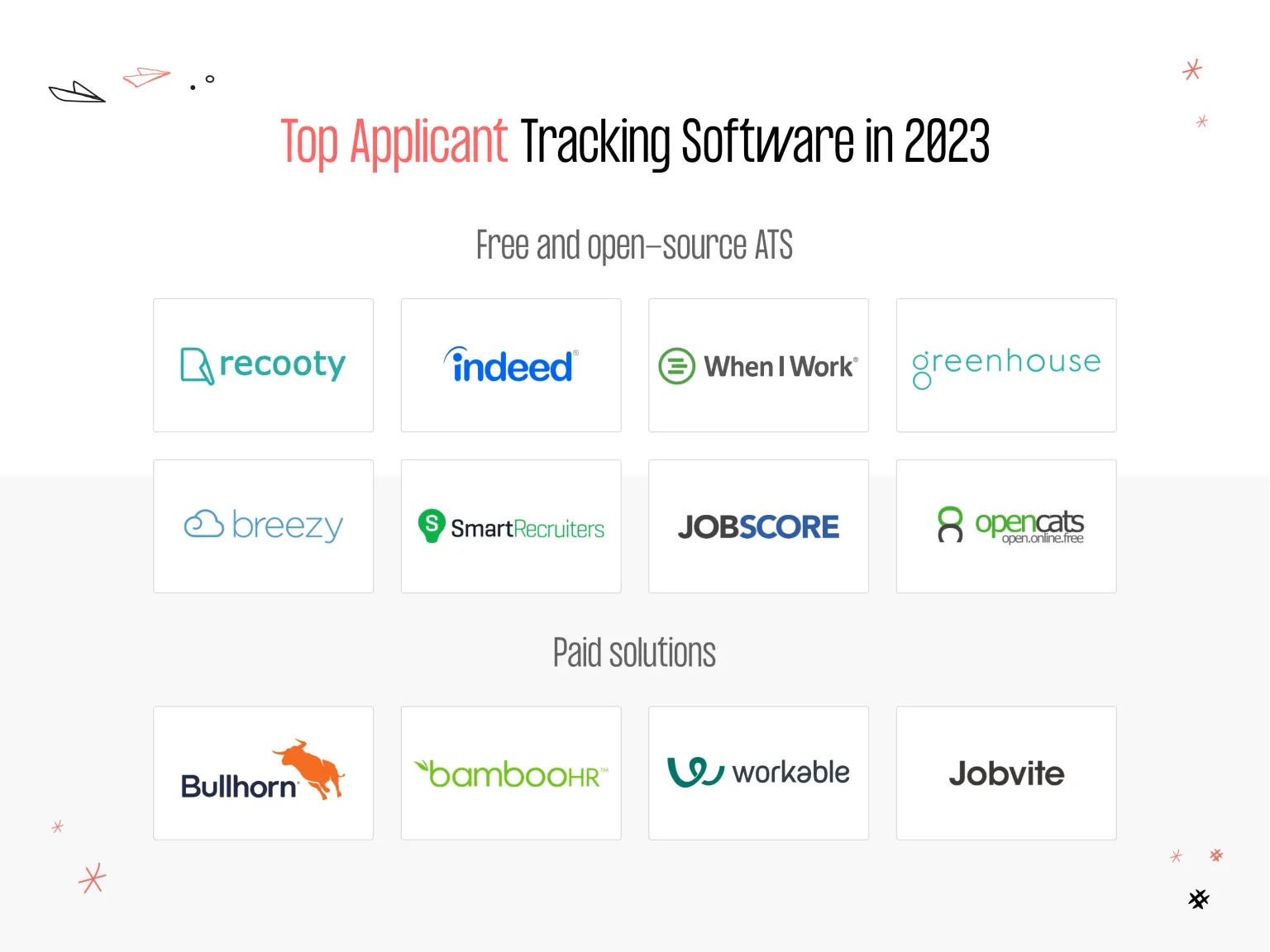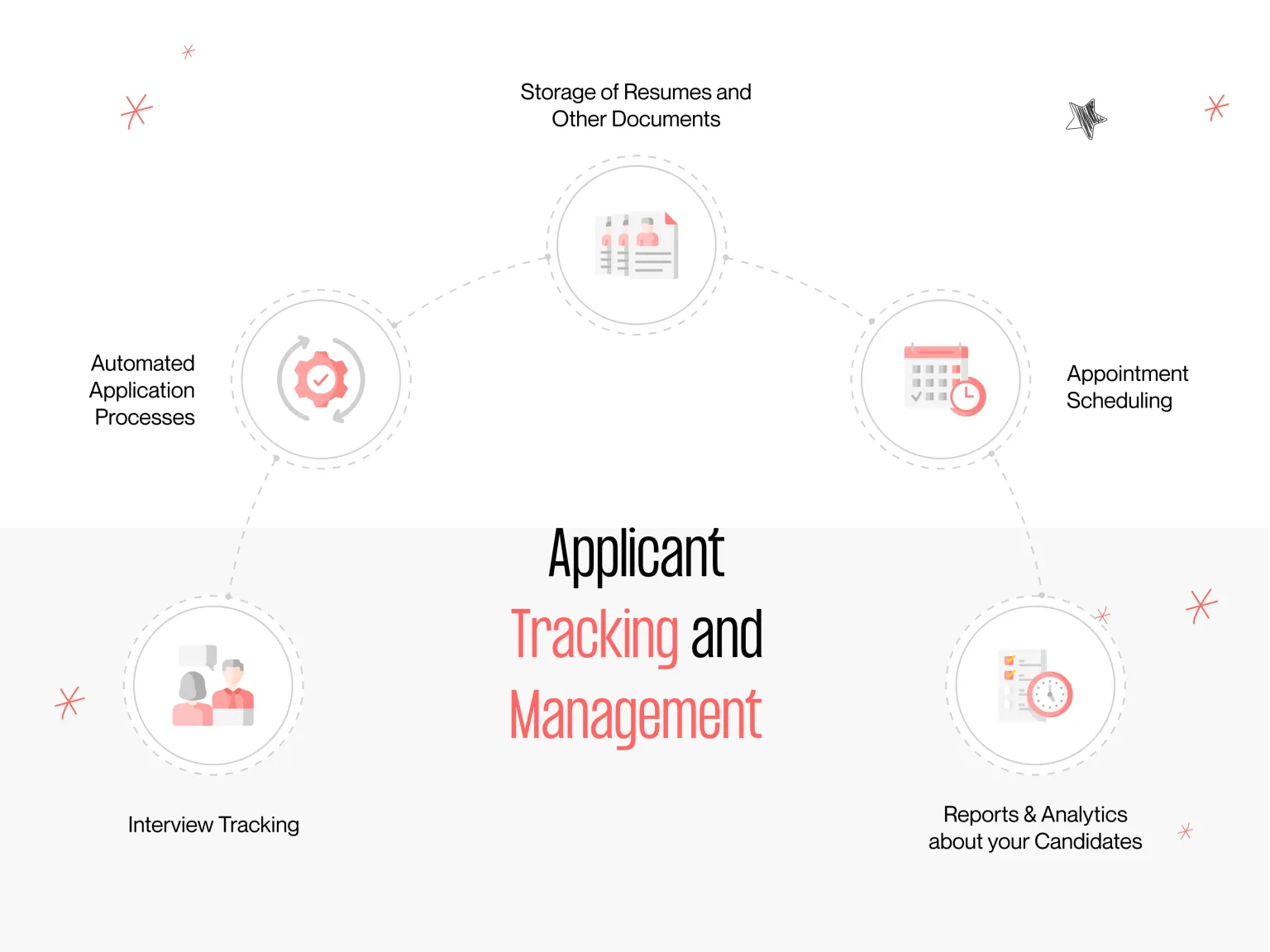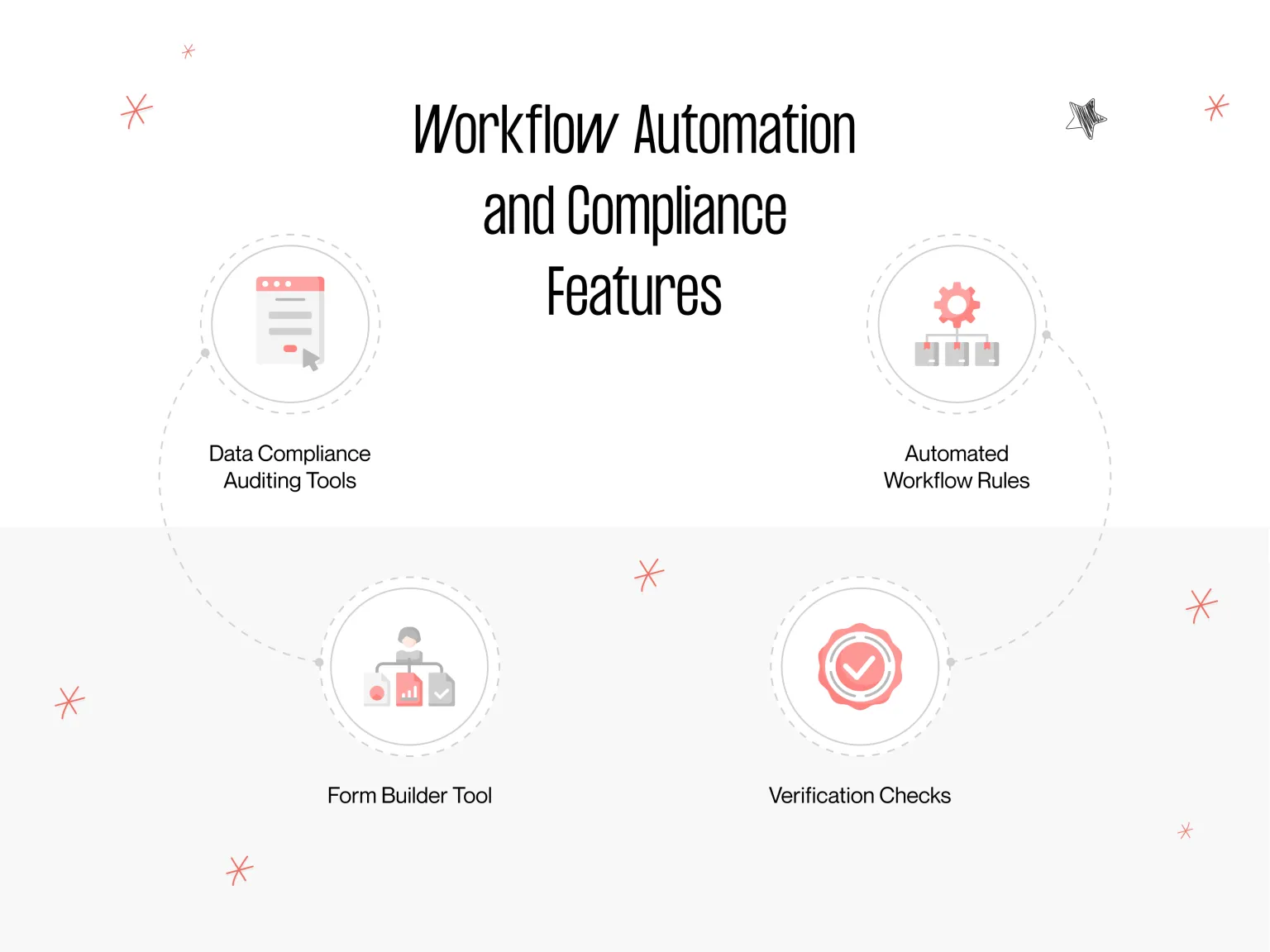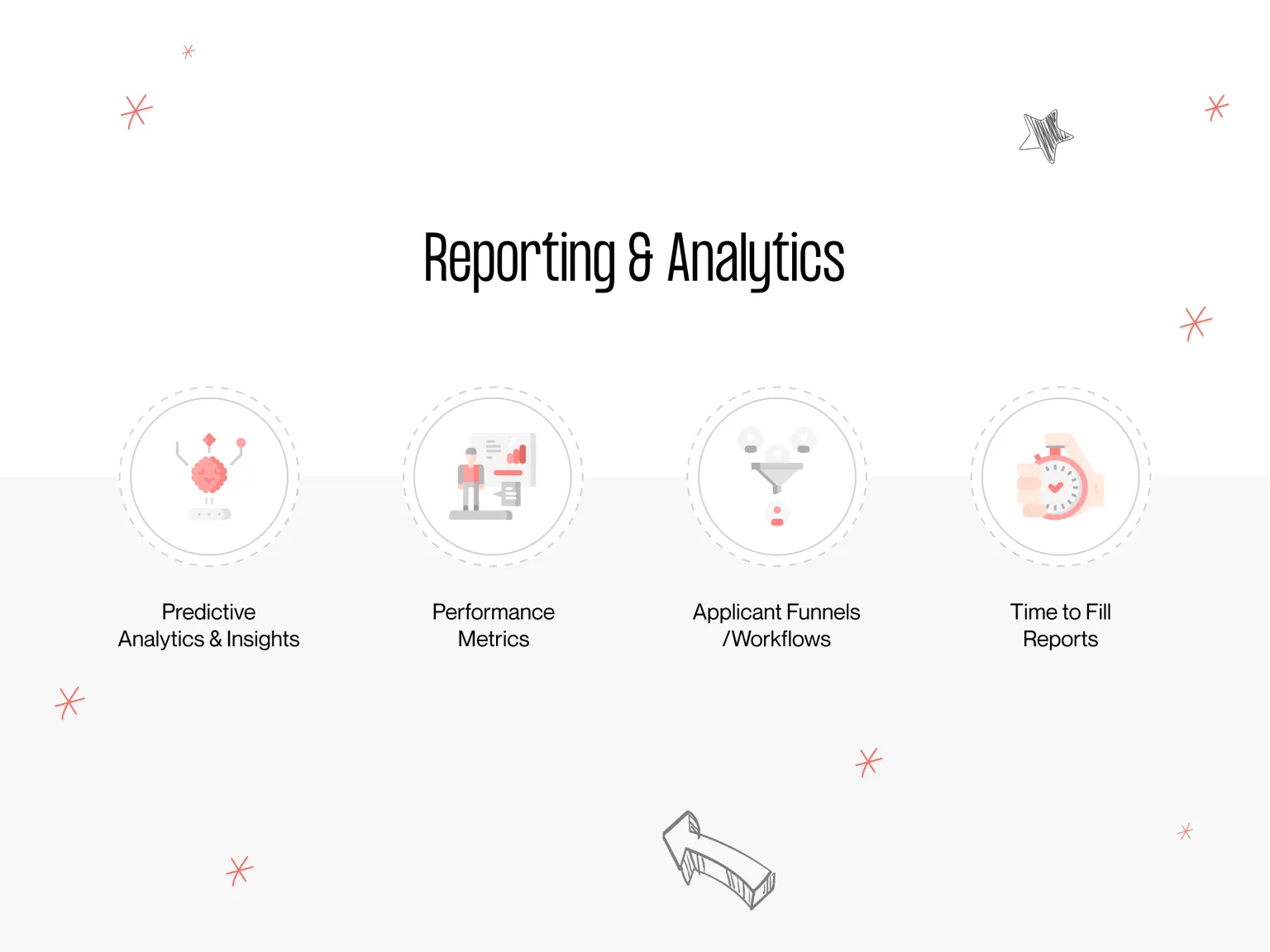The Applicant Tracking System (ATS) is an important tool for businesses and organizations looking to streamline the hiring process. By automating administrative tasks and providing an organization to recruitment efforts, an ATS can significantly reduce the time and cost associated with finding the right fit for a given role. This article will provide a step-by-step guide on how to build an Applicant Tracking System, outlining the necessary components and software required. We will also discuss tips and best practices for ensuring your system is tailored to meet your specific recruitment needs. Let’s get started!

